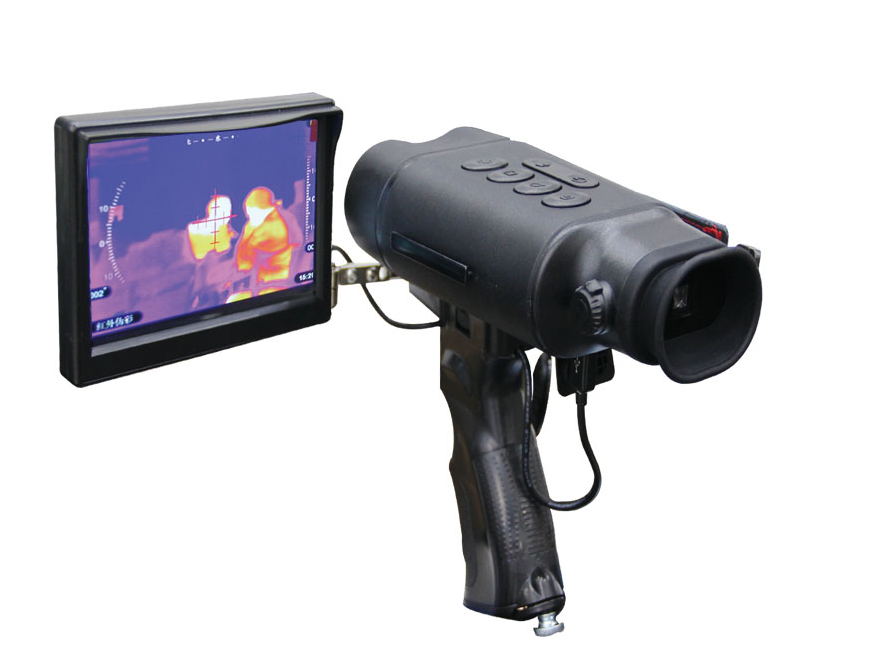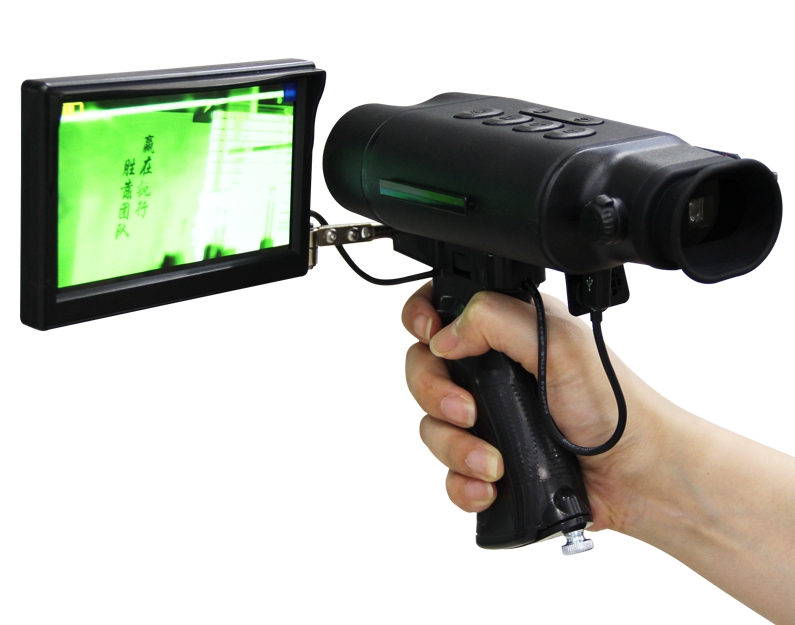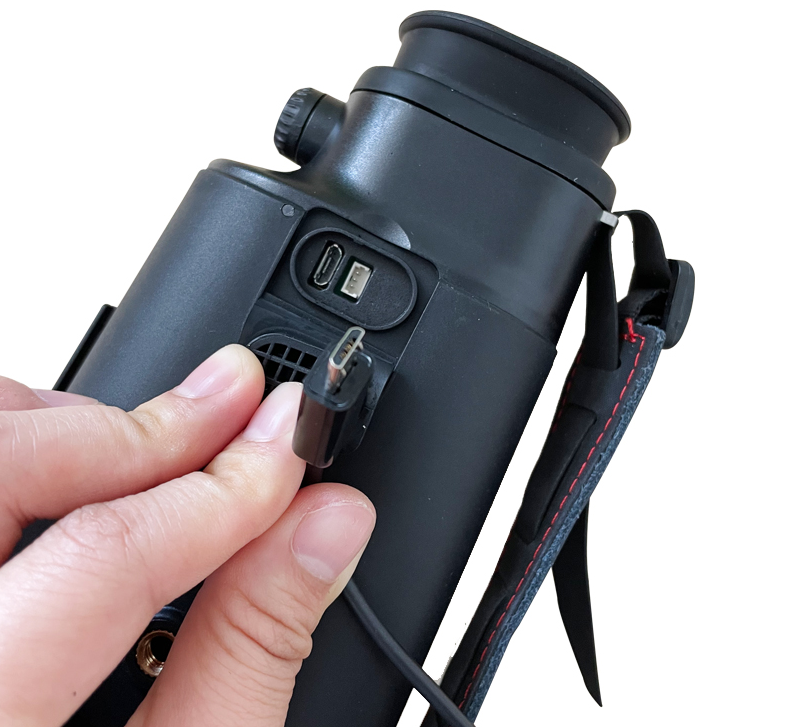1. Since infrared thermal imaging technology is a passive, non-contact detection and identification of targets, it has good concealment and is not easy to be discovered, making the operator of the infrared thermal imager safer and more effective.
2. Infrared thermal imaging technology has strong detection capabilities and a long range. Using infrared thermal imaging technology, observation can be carried out outside the range of enemy defense weapons, and its effective range is long. Handheld thermal imagers and thermal imagers mounted on light weapons allow users to see human bodies over 800m; and the effective range of aiming and shooting is 2~3km; the water surface can be observed up to 10km on a ship, the activities of a single soldier on the ground can be discovered on a helicopter at an altitude of 15km, and the crowd and moving vehicles on the ground can be discovered on a reconnaissance aircraft at an altitude of 20km, and the changes in sea temperature can be analyzed to detect underwater submarines, etc.

3. Infrared thermal imaging technology can truly achieve 24h all-weather monitoring. Infrared radiation is the most widespread radiation in nature. The atmosphere, smoke and clouds can absorb visible light and near-infrared rays, but are transparent to 3~5μm and 8~14μm infrared rays. These two bands are called the "atmospheric windows" of infrared rays. Therefore, using these two windows, the target to be monitored can be clearly observed in a completely dark night, or in a harsh environment with dense smoke and clouds such as rain and snow. It is precisely because of this feature that infrared thermal imaging technology can truly achieve 24-hour all-weather monitoring.
4. Infrared thermal imaging technology can intuitively display the temperature field on the surface of an object, is not affected by strong light, and can be monitored in the presence of obstructions such as trees and grass. Infrared thermometers can only display the temperature value of a small area or a certain point on the surface of an object, while infrared thermal imagers can simultaneously measure the temperature of each point on the surface of an object, intuitively display the temperature field on the surface of the object, and display it in the form of an image. Since infrared thermal imagers detect the size of the infrared thermal radiation energy of the target object, they will not appear halo or shut down when in a strong light environment like low-light image intensifiers, so they are not affected by strong light.

Onick RE45 (with video recording function) This is a dual-light fusion thermal imaging night vision device with video recording function. It adopts infrared and low-light fusion, combining the advantages of infrared and low-light, making the imaging resolution higher, the single body easier to be identified, and solving the defect that single infrared cannot pass through glass. At the same time, it has a new fusion focus (picture-in-picture) function, which can magnify a single point and maintain a high clarity.

The main feature of the dual-light fusion thermal imaging night vision device of Onick RE45 (with video recording function) is the face recognition function. Ordinary thermal imagers can only see blurry human figures, while Onick RE45 dual-light fusion thermal imaging night vision device can see the face clearly and know the real face. It is a dual-light fusion product that combines thermal imagers and night vision devices. The ranging function is based on the electronic compass and azimuth ranging inside. And you can know the direction of the target point, which does not refer to laser ranging. Onick RE 45 has a test report issued by the Quality Inspection Center for Security and Police Electronic Products of the Ministry of Public Security, which can be checked and verified on the official website of the Quality Inspection Center of the Ministry of Public Security!

